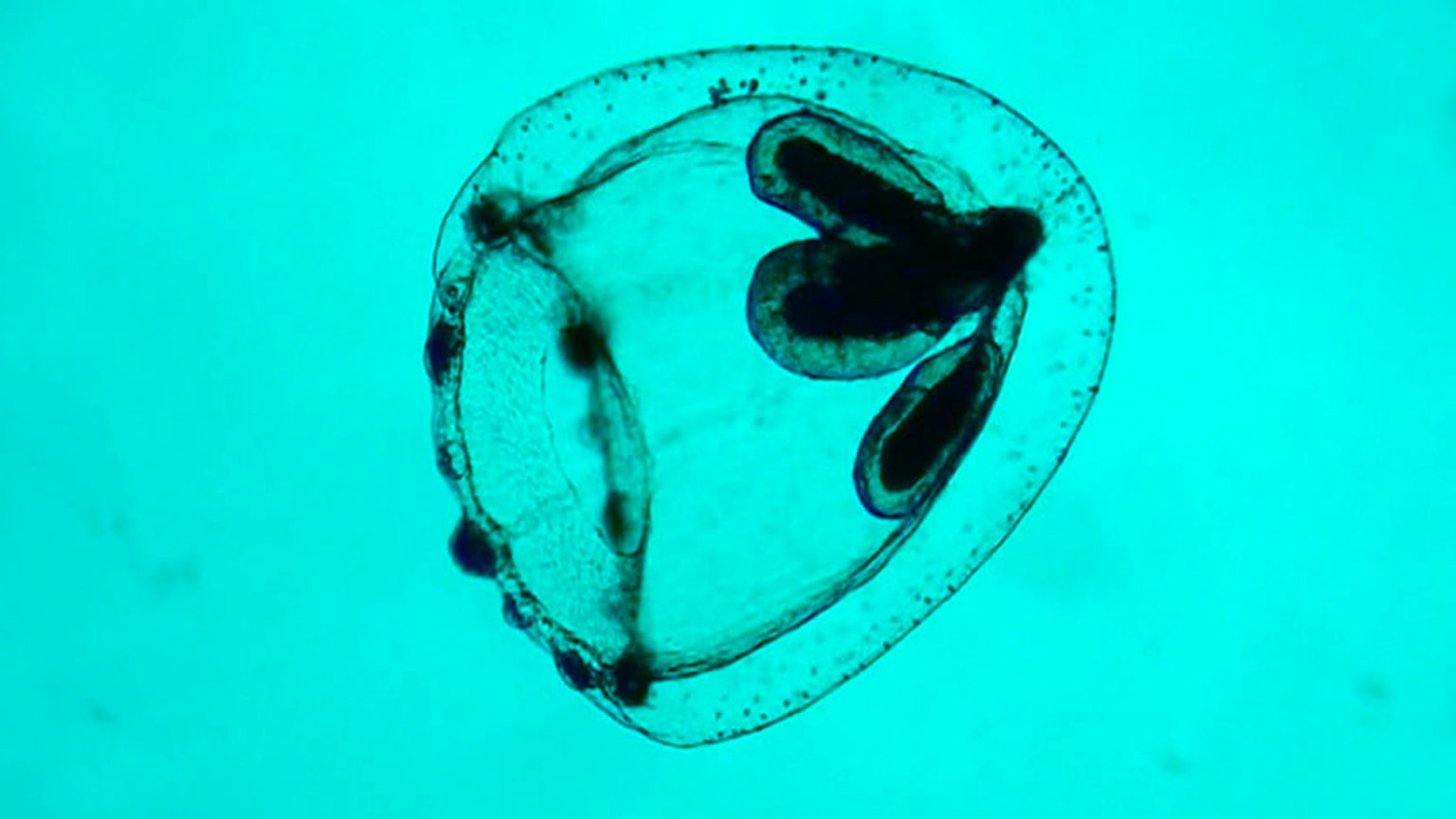David Lynch: The Art Life has premiered in the Venice Classics program and, for Vice, Hanna Ewans asks Nguyen how he managed to pull it off.
With Lynch [2007, about the making of Inland Empire], I remember we wanted to ask him a lot of questions. And you could tell from his body language that he wasn’t really comfortable or interested in answering. At one point he just said, “Follow me and you’ll know what the film’s going to be about at the end of shooting”. And then we realized, he was always cagey. After it was over I remember his friend Jason said, “I feel like David’s getting to that age where he’s probably going to want to share some of these stories. Maybe in a couple of years, we can come back and see how he feels about it.” By the time he had his daughter, who is now about three-and-a-half or four, we approached him again and kind of pitched to him that this was a chance for him to tell her all the stories of her childhood and he thought it was a great idea.
“Lynch works on new paintings and artwork in his studio in the hills above Hollywood, where he recounts unsettling stories from his past that resonate with the haunting quality of his films,” writes Deborah Young in the Hollywood Reporter. “There is the completely naked woman who wandered into his driveway, her mouth bleeding, when he was a little boy; arriving for the first day of school in Virginia during a hurricane; locking himself away in a room in Boston listening to a radio for days on end, until the battery died; stopping his car in the middle of the highway, completely stoned. As sui generis self-portraiture, the film conveys a fascinating artist out of the ordinary—way out—and a creative trajectory that recognizably leads to the maker of the haunting Mulholland Drive and Blue Velvet.”
For Sight & Sound editor Nick James, “it is the way Lynch describes incidents and anecdotes from his youth that gives us the best insight into the workings of his imagination. The fragility of his progress was palpable: from school near-drop-out hanging out in painting studios, through his inspired but fearful years in Philadelphia with equally committed students, including his friend Jack Fisk, through to his life-saving offer from the AFI Conservatory—when he was already married to Peggy Reavey and had a child, Jennifer, to feed—out of which Eraserhead was born. If David Lynch: The Art Life is proof that Lynch never really left the ‘home’ that is the artist’s studio, it’s also proof that that is the crucible out of which his cinema was made.”
“We also see hundreds of Lynch’s drawings and paintings, sometimes just flashing across the screen, sometimes lingered over in loving detail,” adds Time Out‘s Tom Huddleston. “Many are stunning, some haunting, others a bit slapdash. But they all feed our understanding of this idiosyncratic artist. Follow The Art Life up with the equally entrancing Eraserhead Stories [2001] and you’ll have a complete picture of the first half of Lynch’s life. Can we have something equally in-depth about making The Elephant Man and Dune next, please?”
“With Mulholland Drive recently voted the best film of the 21st century in an international poll, Lynch remains an eternally popular surrealist icon at the age of 70,” writes Screen‘s Fionnuala Halligan. “Complete with a suitably erratic score, David Lynch: The Art Life has aspirations as a homage to his work. Apart from a few jarring shots in which they re-take shots using different stock, the filmmakers opt to keep it simple, relying on Lynch’s words, work, and a deftly-edited archive to make an impact.”
“The final moments of David Lynch: The Art Life find Lynch reflecting on how, right before Eraserhead was finished, he was divorced and being told by his family to give up filmmaking and get a ‘real job,'” writes Chris Evangelista at the Playlist. “They didn’t understand his vision, but he ended up delivering the film anyway—and being happy with it, proclaiming it as a project where he was able to do everything exactly the way he wanted. Here the material crackles to life, and then is cut short, just as it seems like it’s truly beginning.”
Update, 9/9: Screen‘s Andreas Wiseman reports that “Amazon is lining up the well-received Venice Classics title for a 2017 release on its Amazon Prime service following a separate theatrical run via art-house specialists Janus Films. The film’s blu-ray release will be through the Criterion Collection.”
Update, 9/10: “You could never have imagined ever learning this much about Lynch the man, and fans will love him all the more for it,” writes Jonathan Romney for the Guardian.
Update, 9/18: “Unlike, say, his near-contemporary Brian De Palma, also the subject of a recent docu-monologue with Venice festival credentials, the 70-year-old Lynch isn’t the most natural of raconteurs,” writes Variety‘s Guy Lodge. “Pieced together from over 20 audio recordings made over the course of three years, his anecdotes are plentiful, though often characterized by non-sequiturs and shaggy-dog climaxes, sometimes trailing into nothing as a new thought lands. Not that you’d expect or want tidy storytelling from a filmmaker whose career has been built on narrative ambiguity and splintered logic. As we listen to Lynch talk us through certain vivid passages of his early life, his narration is absolutely consistent with the authorial voice of his films.”
The 2016 fall film festival indexes: Venice, Telluride and Toronto.




